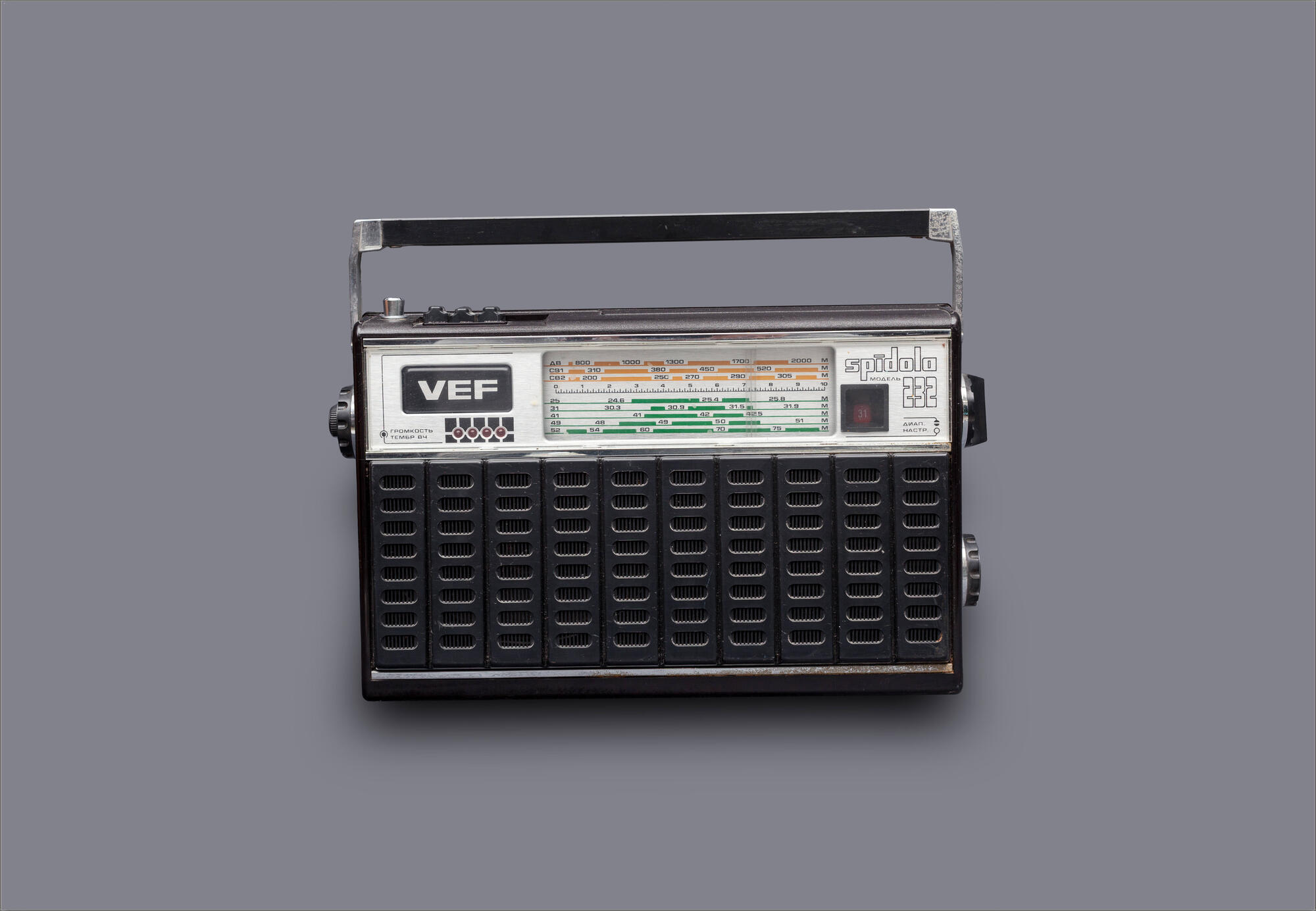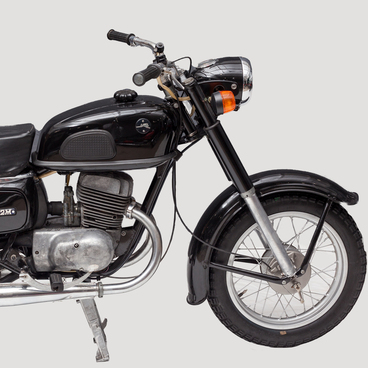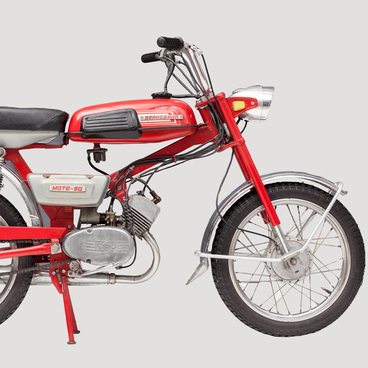The Spidola (the Latvian for “shining”) was a trademark of Latvian portable radio receivers that were produced by the Riga-based Valsts Elektrotehniskā Fabrika (VEF) factory from 1960 until the early 1990s. VEF radios were in demand all over the world, with sales offices opened in many European cities.
In addition to radios, the factory manufactured film projectors, power transformers for power grids, high-voltage equipment, power cables and wires, wind generators, radios for ships and aircraft, fixed radio transmitters, batteries (including rechargeable ones), and vacuum cleaners. The prewar export was about 8,000 units per year.
Besides, vehicles were manufactured in small batches. The first Latvian Ford-Vairogs car was manufactured there. In 1937, VEF’s Karlis Irbitis and Arnold Panders designed the Pandera motorcycle.
In 1941, the Baltic was occupied by German troops, and the factory started making radio equipment for the German army. In 1944, as German troops were retreating from Latvia, all the equipment was removed and the factory buildings were blown up.
Nevertheless, VEF was quickly restored. At the end of 1945, the factory presented a new radio receiver model — the Super M557. In the 1960s, VEF turned to the production of transistor radios. The legendary Spidola brand was first released in a small series. In 1962, mass production of such radio receivers began.
The factory’s products were constantly being improved; tone controls and the USW (ultra-shortwave) frequency band were added, and the sound quality was enhanced. In 1979, the factory introduced a new model — the VEF Spidola-232, which is displayed in the museum.
The radio was designed to receive radio stations in the USW, MW, and SW1 frequency bands. It had a battery charge indicator, a backlit tuning scale, and separate tone controls for low and high frequencies. It could be powered by six D-type batteries or from AC mains. The weight without batteries was 3.4 kg, and the retail price was set at 120 rubles.
In addition to radios, the factory manufactured film projectors, power transformers for power grids, high-voltage equipment, power cables and wires, wind generators, radios for ships and aircraft, fixed radio transmitters, batteries (including rechargeable ones), and vacuum cleaners. The prewar export was about 8,000 units per year.
Besides, vehicles were manufactured in small batches. The first Latvian Ford-Vairogs car was manufactured there. In 1937, VEF’s Karlis Irbitis and Arnold Panders designed the Pandera motorcycle.
In 1941, the Baltic was occupied by German troops, and the factory started making radio equipment for the German army. In 1944, as German troops were retreating from Latvia, all the equipment was removed and the factory buildings were blown up.
Nevertheless, VEF was quickly restored. At the end of 1945, the factory presented a new radio receiver model — the Super M557. In the 1960s, VEF turned to the production of transistor radios. The legendary Spidola brand was first released in a small series. In 1962, mass production of such radio receivers began.
The factory’s products were constantly being improved; tone controls and the USW (ultra-shortwave) frequency band were added, and the sound quality was enhanced. In 1979, the factory introduced a new model — the VEF Spidola-232, which is displayed in the museum.
The radio was designed to receive radio stations in the USW, MW, and SW1 frequency bands. It had a battery charge indicator, a backlit tuning scale, and separate tone controls for low and high frequencies. It could be powered by six D-type batteries or from AC mains. The weight without batteries was 3.4 kg, and the retail price was set at 120 rubles.






